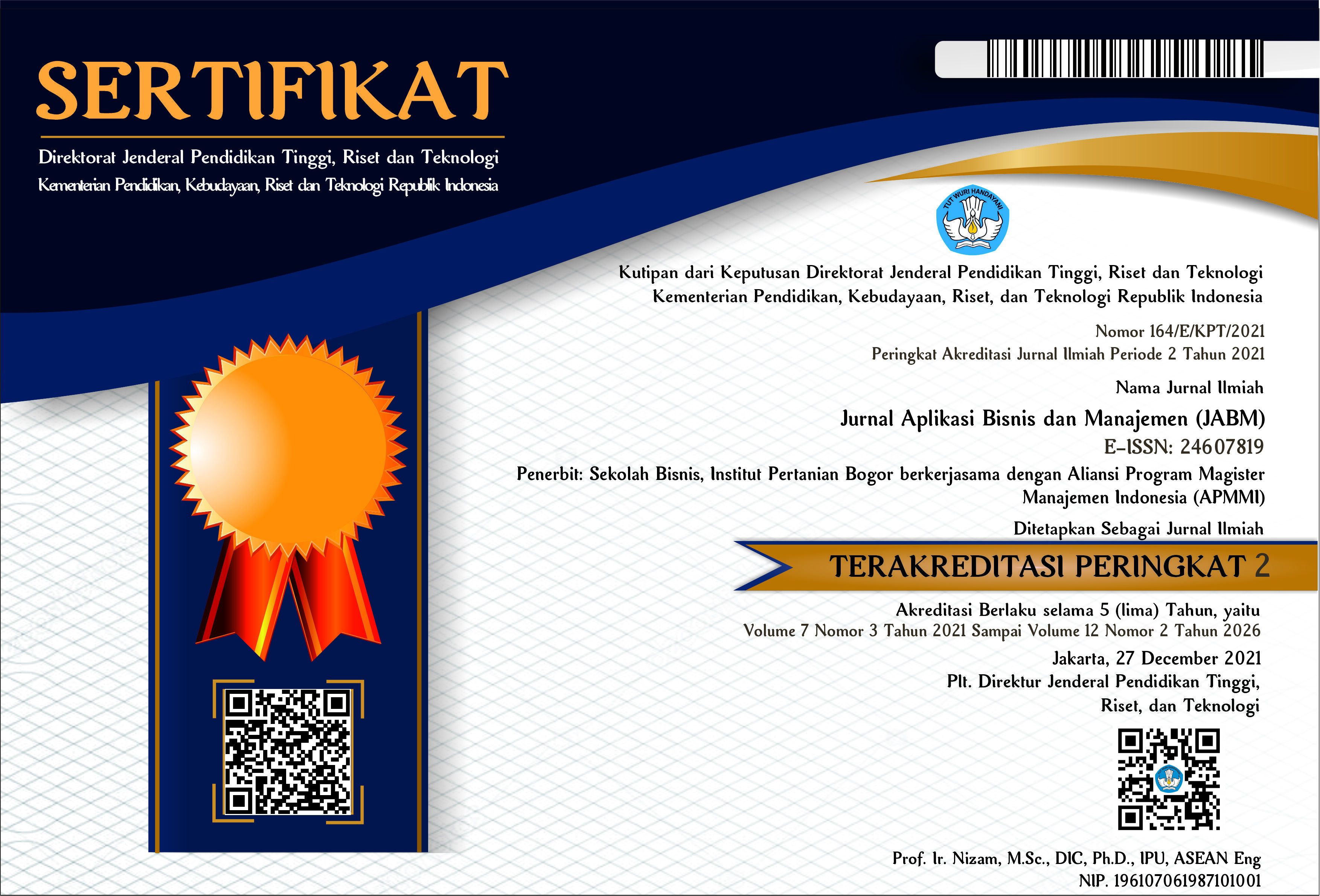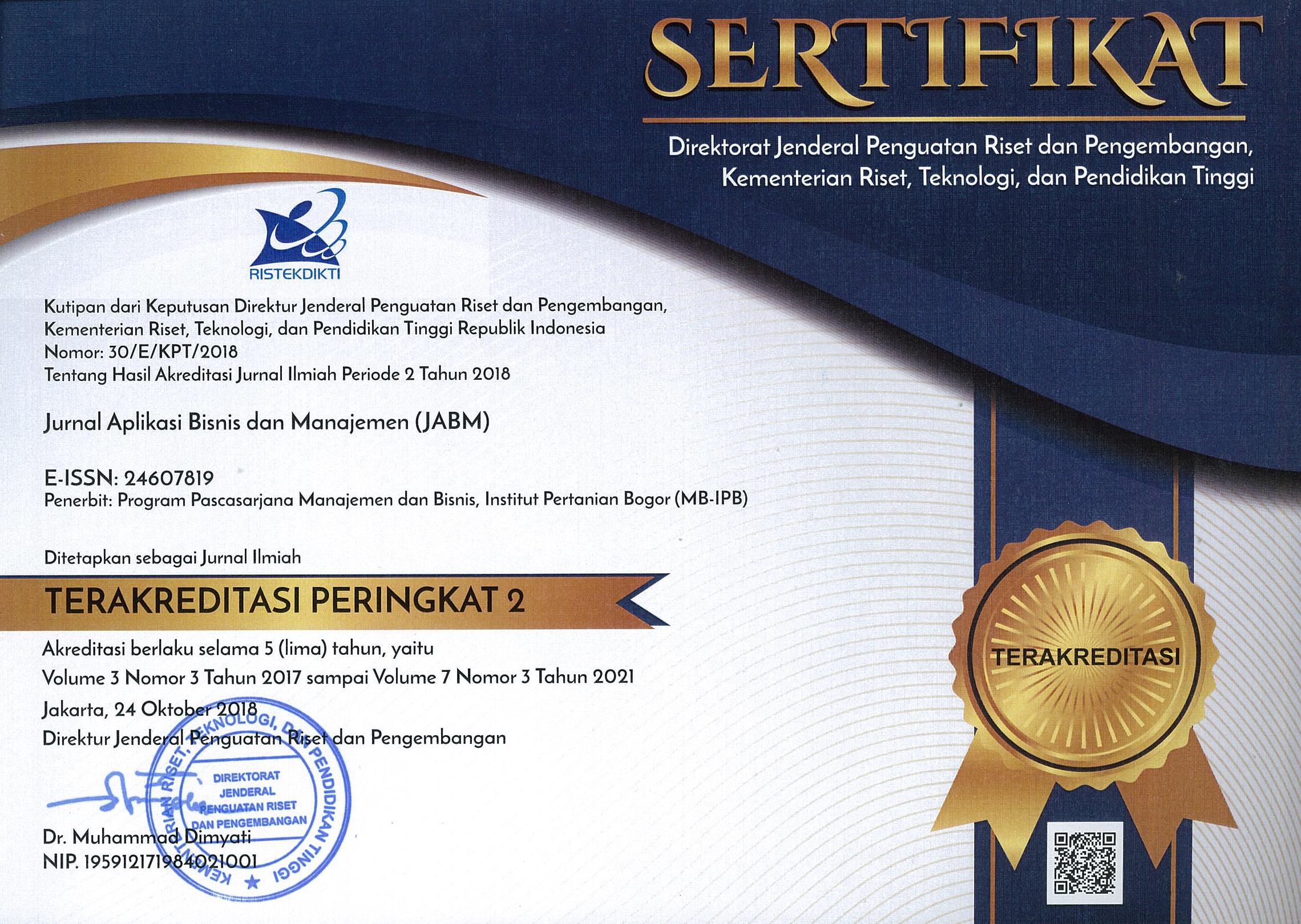Rekomendasi Pemberian Layanan Terapi Trombolisis (rt-PA) Untuk Pasien Stroke Iskemik Akut: Pendekatan Pengambilan Keputusan Multi Kriteria
Recommendation For Thrombolysis (rt-PA) Therapy Services For Acute Ischemic Stroke Patients: A Multi Criteria Decision- Making Approach
Abstract
Backgroud: Stroke is a cardiovascular disease classified as a catastrophic and has significant effects on society and the economy. According to data from the World Stroke Organization, 89% of stroke-related death and disabilities occur in low- and middle-income countries (WSO 2022). In Indonesia, stroke continues to be one of the leading causes of mortality and disability. Data from the Global Burden of Diseases Study (2019) and Riskesdas (2018) indicate that 65% of stroke sufferers have a risk of impairment and 15% have a chance of death.
Purpose: This study aims to analyze management policies and implementation of acute ischemic stroke patient management in hospitals and evaluate inter-criteria with multi-criteria decision making.
Design/methodology/approach: This research method uses a quantitative approach with a total of 15 respondents from 5 hospitals. Data analysis technique used is the Analytical Hierarchy Process (AHP).
Finding/Result: The results of the study show that the effective factor has the highest weight (0.276) in improving thrombolysis therapy service (rt-PA) for acute ischemic stroke patients. Meanwhile, the alternative strategy that becomes the priority in this research is standardizing stroke protocols and pathways with a weight value of (0.275). The AHP processing results in private hospitals prioritizing effective factors or criteria as the main priority, and the alternative strategy in the form of standardizing stroke protocols and pathways becomes the first alternative priority strategy. In government hospitals, the AHP data factor or criteria prioritize tariff and time as the main priority, while the alternative strategy is the formation of a stroke team. The policy implications include tariff adjustments, awareness, and the establishment of standardized stroke protocols and clinical pathways, which also have a positive impact on the outcomes of stroke patients.
Conclusion: In order to enhance thrombolysis therapy (rt-PA) services for patients with acute ischemic stroke, the most effective factor is the one with the maximum weight, which is (0.276). The alternative strategy that is the top priority in this study outcome is "standardization of stroke protocols and pathways" with a weighted value (0,275).
Original/value (State of the art): In this study, analyze management policies, implement acute ischemic stroke patient treatment in hospitals, and assess the criteria using multi-criteria decision-making. Using 6 criteria: efficacy, feasibility, tariff, time, fairness, and acceptance. The multi-criteria combination and alternative strategies are assessed using AHP to determine the criteria that have the greatest influence on thrombolysis therapy recommendations, and the alternative strategy priority that can improve thrombolysis therapy services.
Keywords: clinical pathway, effective factor, stroke patient, tariff, thrombolysis







